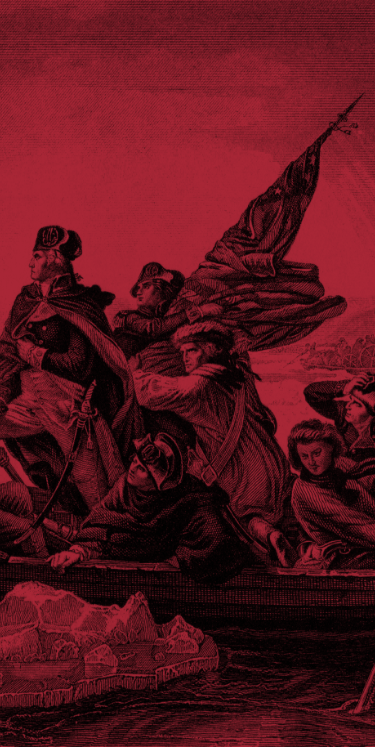James Armistead, who lived from 1748 to 1830, played an integral role in the American War for Independence and became an influential black patriot behind America’s most important victory in the War. For more than two centuries, Americans have celebrated him as a hero.
James was a slave owned by William Armistead on a farm near Richmond, Virginia. During the War for Independence, William became a military supply officer for the Continental Army and James accompanied him. In the latter stages of the War, both personally witnessed the vicious and brutal attack on their friends and neighbors in Richmond led by British General Benedict Arnold.
In the early part of the War, Arnold was an American general and a military hero from the Battle of Saratoga, the first major American victory in the Revolution. But Arnold’s wife and family supported the British, and Arnold was arrogant and wanted more recognition than he was receiving, so he became a traitor and defected to the British. They made him a general and he subsequently led a number of battles against the Americans.
In 1781, late in the War, Arnold led a surprise attack on Richmond. He had the British troops burn the city, ransack private homes, and loot personal valuables.
Finish reading James Armistead Lafayette’s biography with your purchase of “America’s Heroes: Black History Edition.”
If you would like to read more biographies like this, please visit WallBuilders’ store! And be sure to share this link with others!
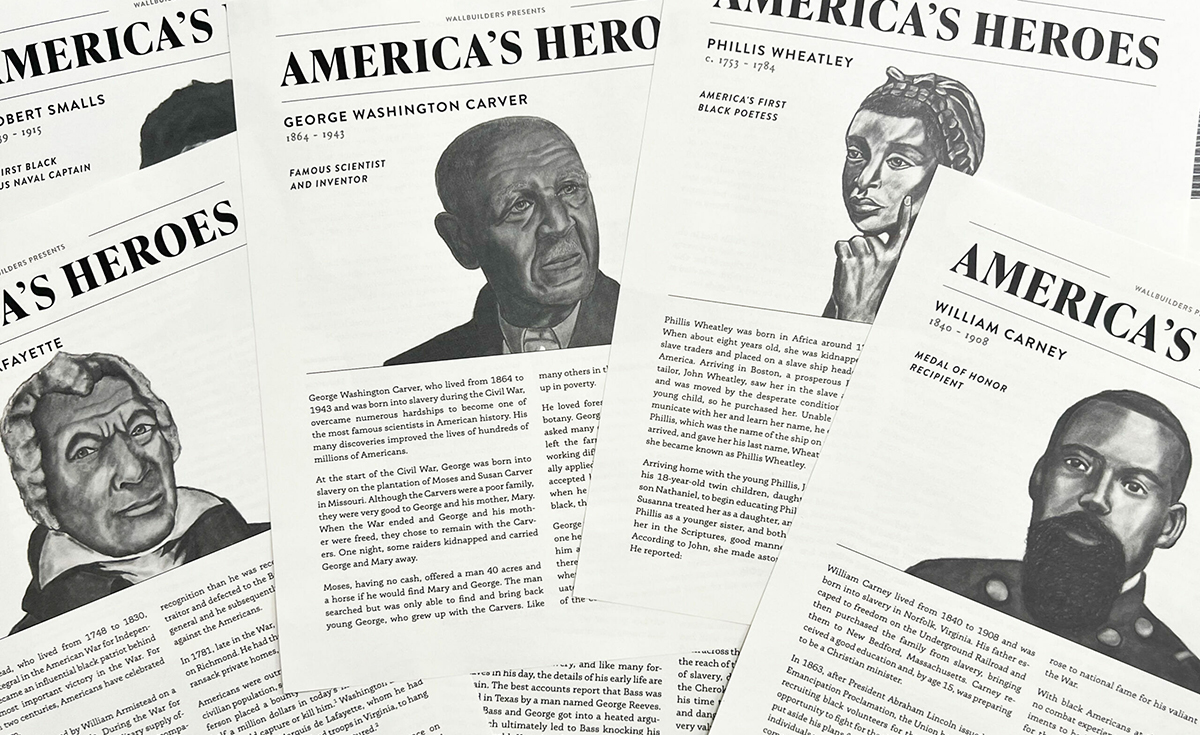
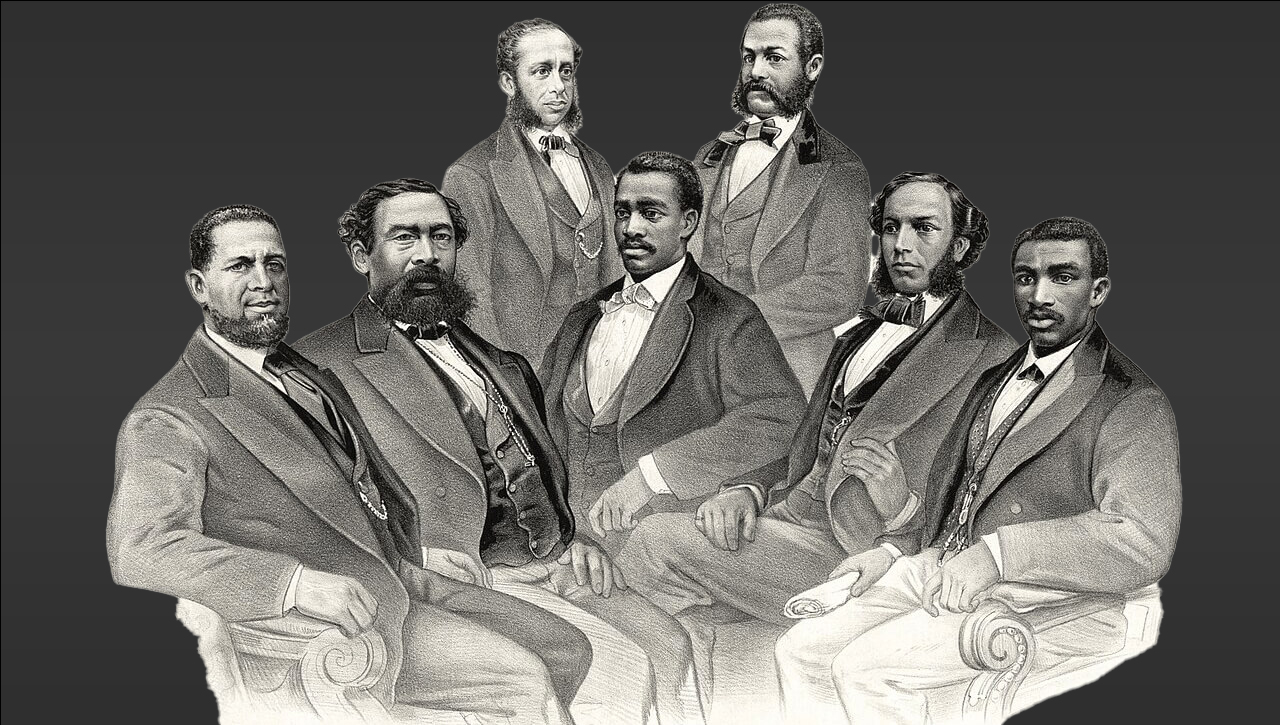
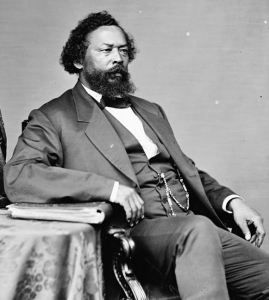 Born a slave in North Carolina in 1825, the “fair” education Benjamin Turner
Born a slave in North Carolina in 1825, the “fair” education Benjamin Turner Jefferson Long
Jefferson Long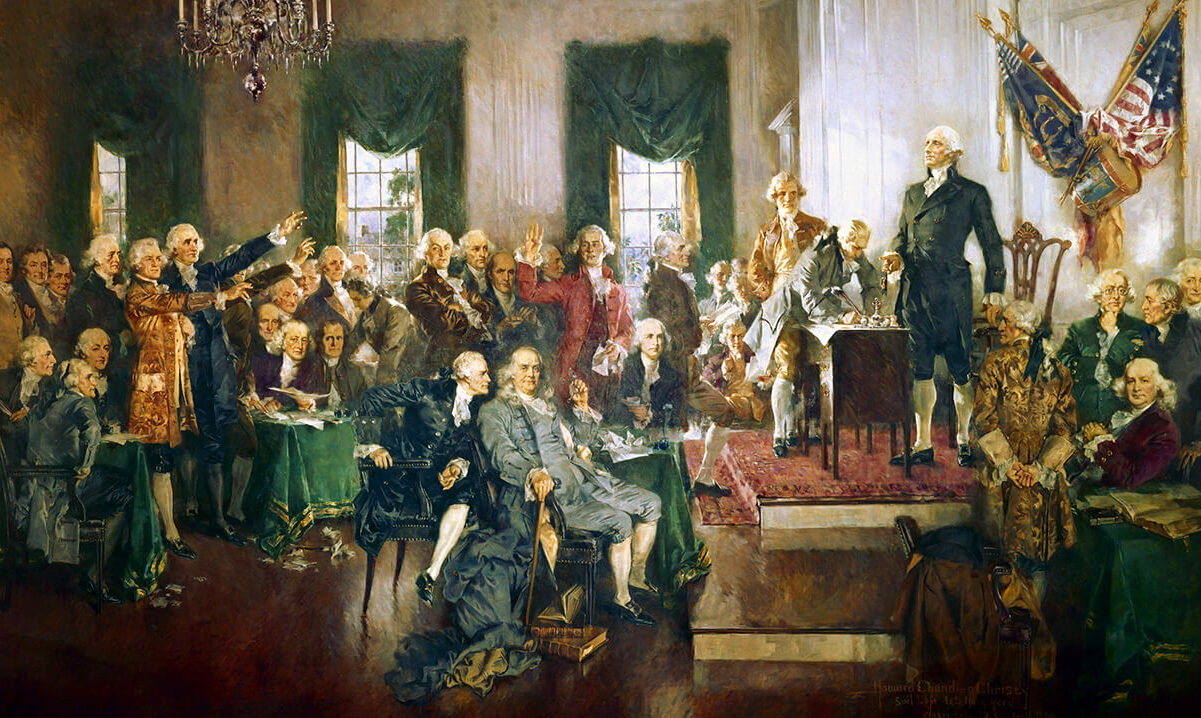
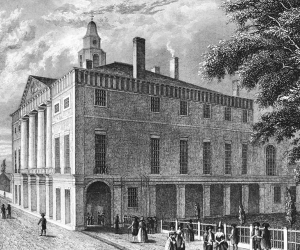 On March 4, 1789, the
On March 4, 1789, the 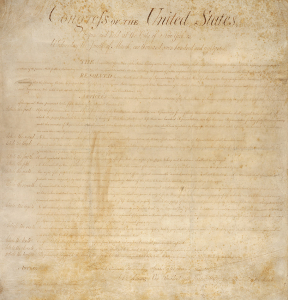
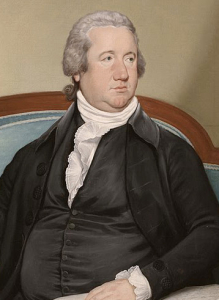

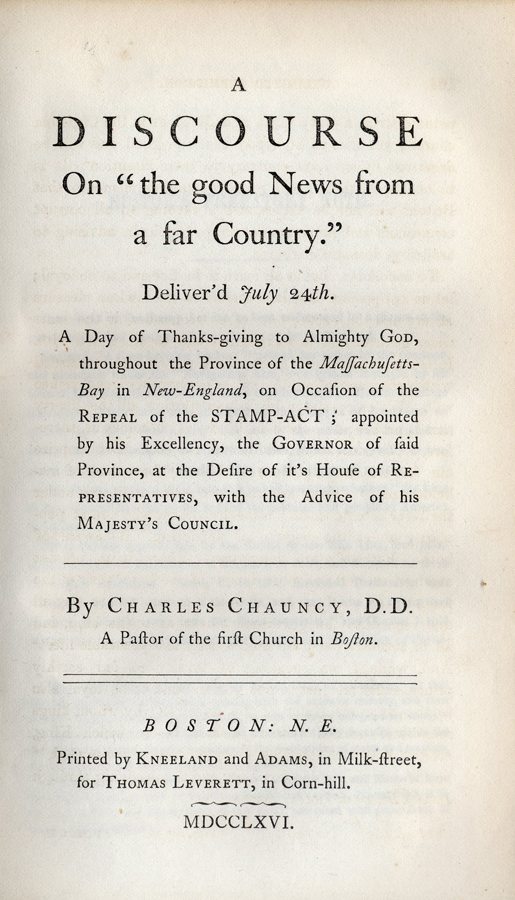 On July 24, 1766
On July 24, 1766 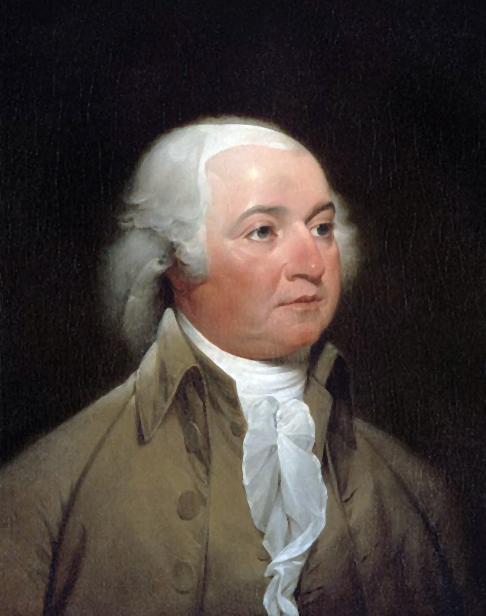 In 1815, John Adams
In 1815, John Adams 
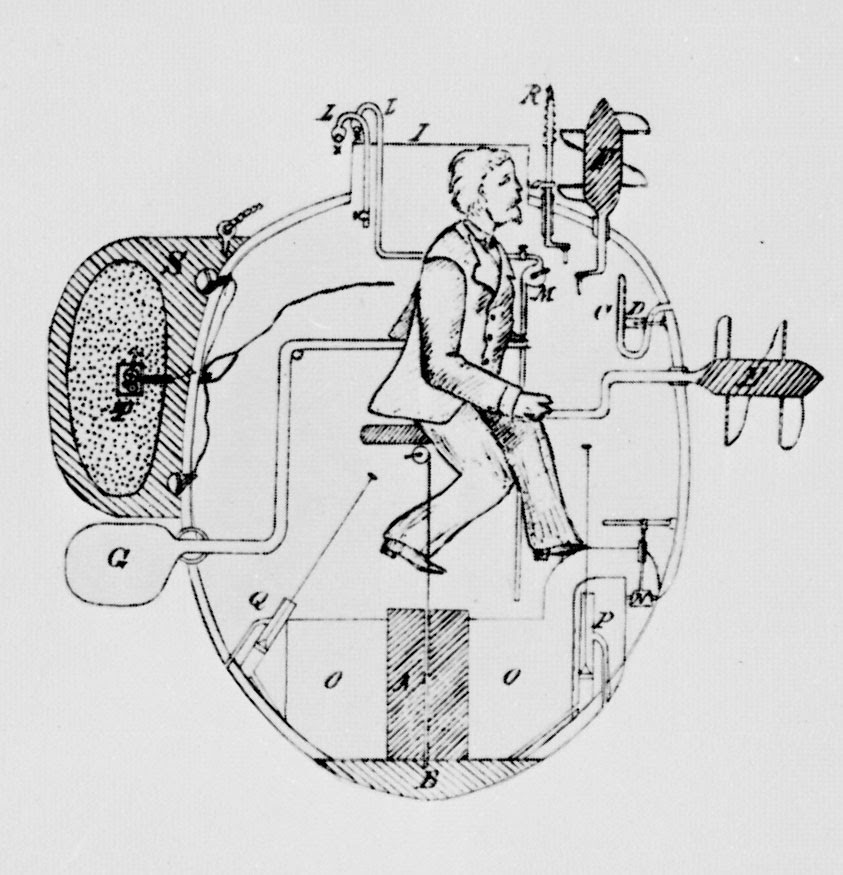 On September 6, 1776, the first American
On September 6, 1776, the first American 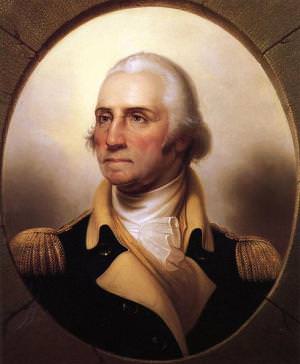 George Washington spoke about Bushnell’s
George Washington spoke about Bushnell’s 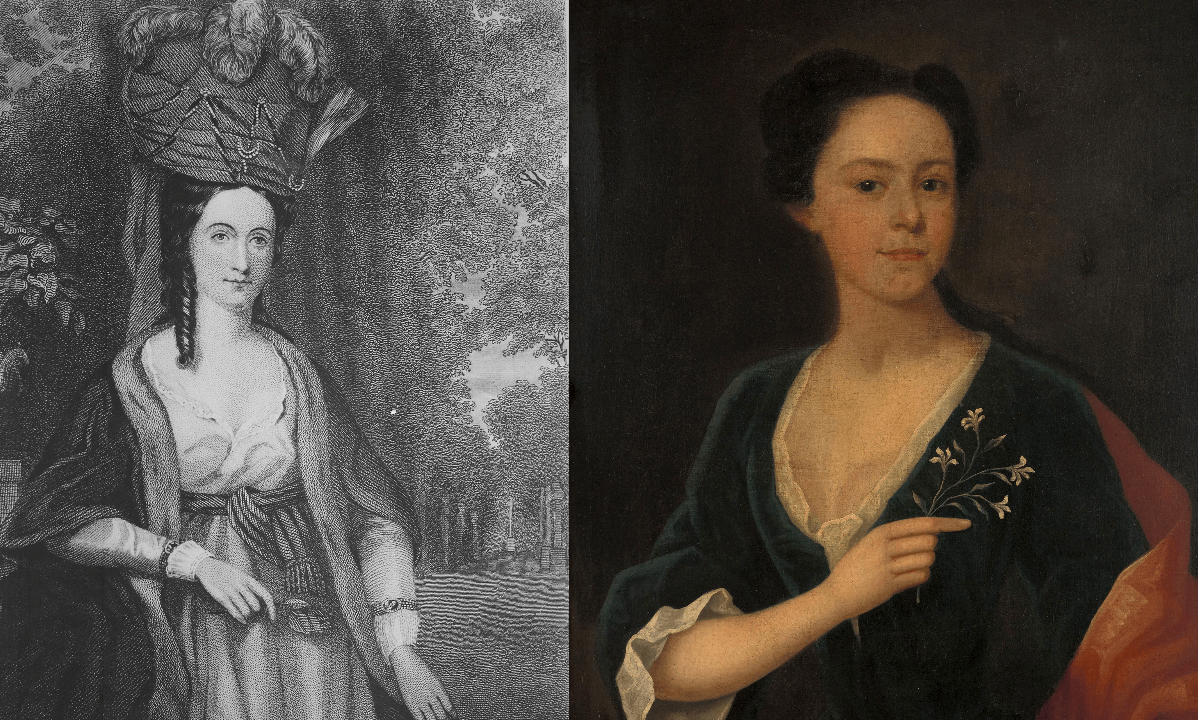
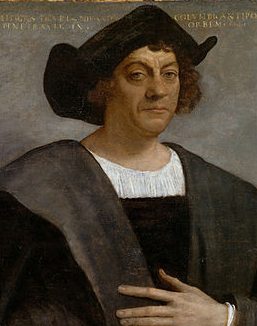
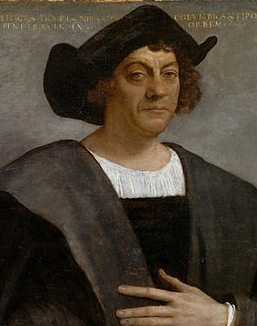 Christopher Columbus. The name invokes images of either a brave and triumphant explorer discovering the New World, or a tyrannical and genocidal leader who was directly responsible for the death of millions. But which image is the truth?
Christopher Columbus. The name invokes images of either a brave and triumphant explorer discovering the New World, or a tyrannical and genocidal leader who was directly responsible for the death of millions. But which image is the truth?